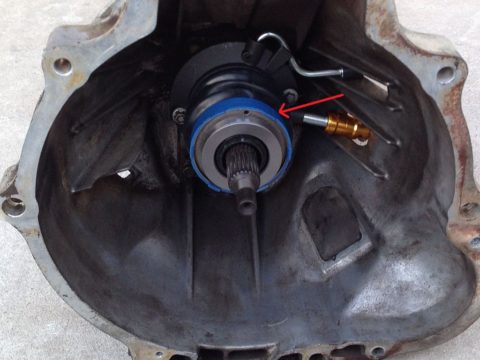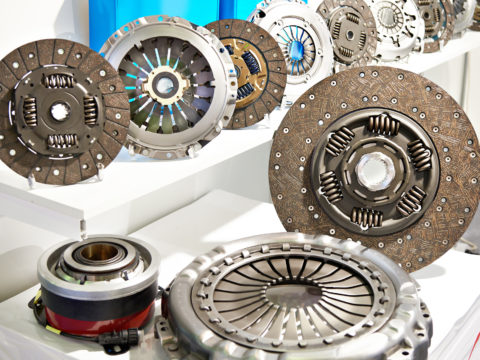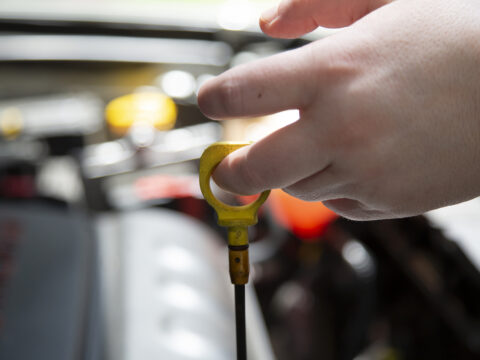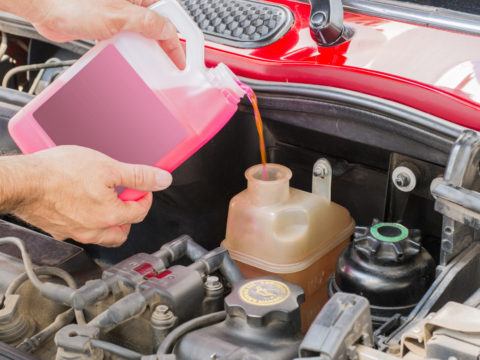A clutch is a very important part of your car. It helps you to stop, start, and change gears smoothly. If your clutch slips it can be very dangerous for you, and others on the road with you.
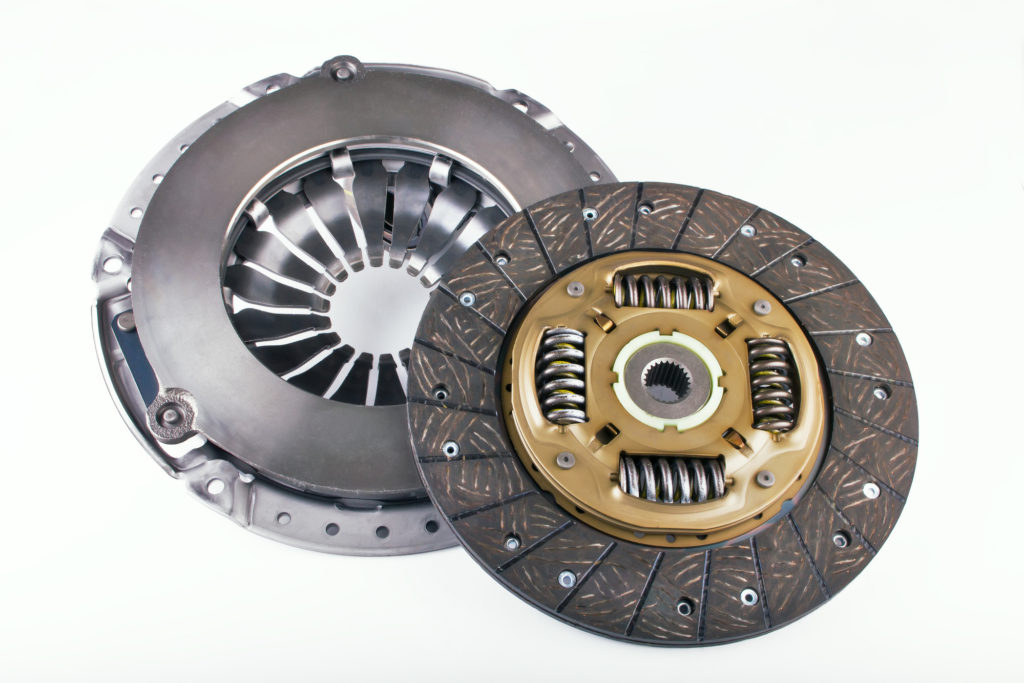
If when releasing the clutch pedal (or pressing down) there is no resistance from the engine; then most likely your clutch needs to be replaced before things get worse!
There are many symptoms of a slipping clutch – it’s important to be aware of them all. In this article, we’ll teach you how to tell if your car’s clutch has slipped – and what steps need to be taken in order to fix it before it gets worse.
Contents
What Does it Mean When a Clutch Slips?
When a clutch slips in a car with a manual transmission, it means one or more of the gears will not engage when you press on the gas.
This can be extremely hazardous for both yourself and others around you – so it’s important to get it fixed as soon as possible.
Top 5 Symptoms of a Clutch Slipping
1) RPM Increases but Doesn’t Match the Speed
A common symptom of a slipping clutch is poor acceleration – caused when your RPMs increase but the speed of your car doesn’t. This is usually caused when the clutch isn’t fully disengaging from the flywheel and pressure plate, which can cause your engine to work harder than it should.
The pressure plate should work at the same speed as the flywheel, so if your car struggles, it’s a good bet that the friction material has worn out.
This will eventually lead to more serious problems like damage to the engine or transmission. If you are experiencing this symptom with your clutch, seek help from a mechanic right away.
2) Burning Smell From the Engine
A burning smell is another key symptom of a worn clutch. If you smell burning, it means that the clutch has slipped and something will need to be done in order to prevent further damage.
If a gear shift does not feel right, this means that gears will not be properly engaged which can cause you to lose control of your car.
3) Poor Engine Performance
An easy symptom to identify if a clutch is slipping is by noticing a loss in engine power. This is typically caused by the lack of pressure on the engine due to the clutch slipping, which allows it to work less effectively than usual.
The power that your car normally has will be decreased, and you may feel like you are losing speed even when accelerating at full throttle.
Again, this can lead to more expensive problems in the future if you don’t seek help!
4) Clutch Pedal Bite Point Difference
If you notice your pedal’s bite point is lower than usual, it could be a symptom of a clutch slip. The clutch cable can slip and the pedal height will change, making it difficult to shift gears. This is often the most popular clutch slipping symptom as a clutch cable can move at any time!
Luckily, this can be a relatively inexpensive fix compared to some of the other symptoms.
5) Quick Disengagement
If there is no resistance when you release the clutch pedal then your clutch plate is slipping. A quick disengagement is often a common clutch slipping symptom. This is where the clutch slips out of gear very quickly.
The opposite problem would be a sticking clutch where the clutch plate won’t release at all from the flywheel causing gear grinding!
If you’re experiencing any of these symptoms, it’s time to take your car in for a check-up. A mechanic will be able to diagnose the issue and help get your car back on the road in no time.
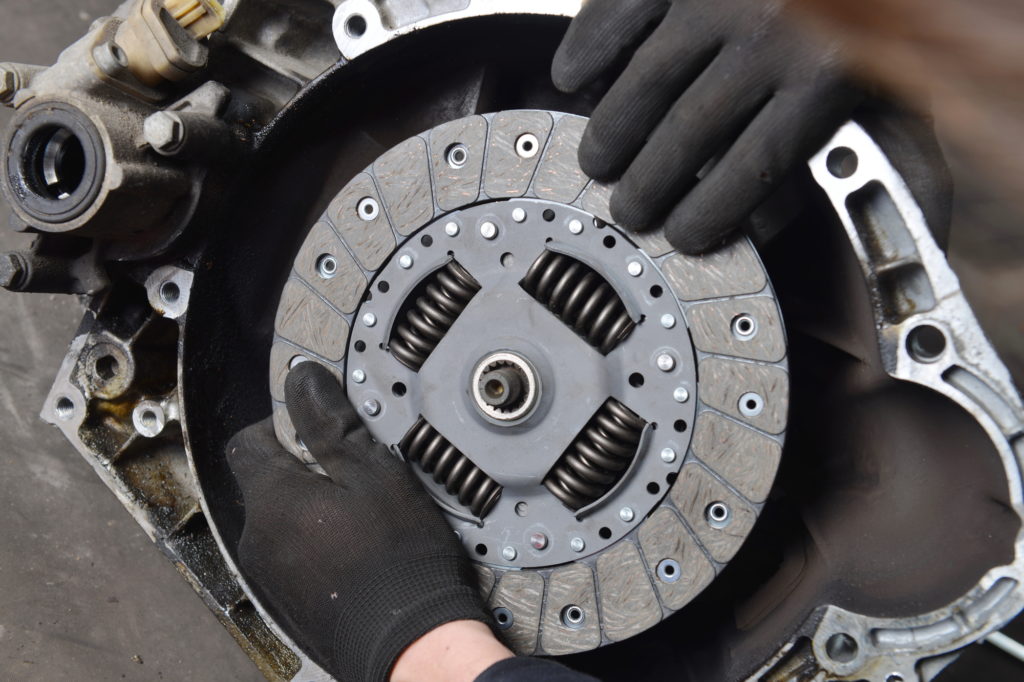
How Do I Fix a Slipping Clutch?
The best way to fix clutch slippage is by seeking a trained mechanic. However, if you want advice on how to do it yourself, here are a few key points to help:
- Check your fluid levels
- Oil the clutch plates and springs
- Grease the pressure plate, flywheel, and release bearing
- Adjust the clutch pedal
- Replace any faulty parts that may be causing slipping or excessive wear-and-tear on other components
- Make sure to use the correct type of transmission oil for your vehicle’s make/model/year when refilling fluids for optimal performance (e.g., GM vehicles require Dexron III).
What Causes a Slipping Clutch?
There are several different causes of clutch slip including worn-out parts, low fluid levels, or too much heat.
The first step is to diagnose what’s causing your clutch to slip so you can correct the problem. There are many different causes of a slipping clutch and symptoms can vary depending on what is causing the problem, therefore it’s always best to seek a trained mechanic to accurately pinpoint the root cause.
Motorcycle Clutch Slipping
Symptoms and the Causes
Motorcycle drivers also experience the problem of a slipping clutch.
This can be caused by different factors, such as the age of the motorcycle, its make and model, how often it is used, and how well it is maintained. In some cases, though, improper shifting may also be to blame.
Symptoms of a Bad Slipping Motorcycle Clutch
A bad slipping motorcycle clutch will exhibit some clear symptoms. When the clutch begins to slip, you’ll feel it in the pedal. It will become increasingly harder to press down, and you may even begin to lose control of the bike. Additionally, you’ll hear a loud whining noise when the clutch is slipping.
If your motorcycle’s clutch is slipping, don’t think about riding it until you fix the problem. The clutch is only designed to slip when there are problems with other components or if you shift incorrectly.
If you feel your clutch slip while driving, this could be a sign that something else will go wrong soon and possibly cause an accident.
How to Keep your Clutch Healthy
The best way to keep your clutch healthy is by changing your oil regularly. The recommended service interval for most vehicles is every 20,000 miles or 24 months.
If you’re not sure when it was last changed, do a quick search online and then change the fluid as soon as possible after that time frame has passed. This will help you avoid any damage to the clutch components from dirty oil.
Doing regular brake maintenance is also important. Inspect your brake pads and rotors every time you change your oil and replace them when needed to ensure that the clutch will have a good stopping distance.
Additionally, it’s a good idea to keep an eye on your driving habits. Slowing down gradually rather than slamming on the brakes or accelerating quickly can help preserve the health of your clutch in the future.
How Much is a Clutch Replacement?
A new clutch plate will cost an average of $375, but this may vary depending on the make and model of your car. The best way to avoid this cost is by catching the issue early on and seeking a trained mechanic to help resolve the problem.
Clutch slipping can be a serious issue that can lead to more expensive problems if not fixed quickly.
Final Thoughts
We hope this article has helped you diagnose the cause of your car’s clutch problem, and given you some ideas to keep it healthy.
If this article was helpful, we recommend checking out our other posts for more information on how to maintain your vehicle – it will save you having to replace any other parts anytime soon!

